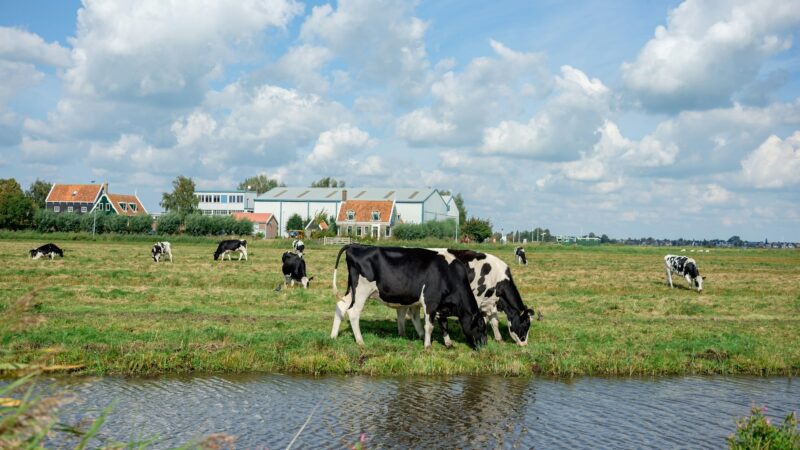Introduction
Catcalling is a form of street harassment in which unwanted comments, whistles, and gestures are made to people, mostly women, in public places. This has been a controversial and long-standing problem in society. Some people think that catcalling is innocent or even nice, but it has long-lasting effects that go beyond the moment it happens. In this piece, we look at what catcalling is, where it comes from, how it affects people and society, and what needs to be done to create a culture of respect and equality.
How catcalling works and how often it happens
Catcalling is a form of harassment and objectification of women that has its roots in power relations and social norms. It can include a wide range of actions, from making sexually explicit comments and wolf-whistling to staring at someone too much and touching them without permission. Catcalling is mostly directed at women and girls, who are called names and made to feel like objects. This creates a hostile atmosphere.
Catcalling is common in many places, across many countries, and among people of all ages. Women from all walks of life say that they have been called names on the street, on public transportation, and even at work. Normalizing this kind of behavior keeps up a society that tolerates and sometimes even approves of harassment based on gender.
How it affects people
Catcalling has many negative effects on the people who have to deal with it.
Emotional Distress: Being called a cat can cause a lot of emotional distress, from worry and fear to feelings of shame and helplessness.
Self-Esteem and Body Image: Being catcalled over and over again can hurt a person’s self-esteem and body image, making them feel bad about themselves and making them question themselves.
Sense of Safety: Catcalling makes people feel unsafe, so they change their habits, routes, and ways of doing things to escape being harassed.
Disempowerment: Catcalling supports imbalances of power, which makes people feel helpless and like objects.
Limits on Freedom: Being afraid of being catcalled can make it harder for people to go to public places without being harassed.
Implications for society
When catcalling and harassment based on gender are seen as normal, they contribute to a society that accepts disrespect and reinforces harmful stereotypes. The effects of catcalling on society are huge.
Perpetuation of Objectification: Catcalling makes women seem like things and supports the idea that their worth is only based on how they look.
Reinforcement of Harmful Gender Roles and Norms: Catcalling shows and reinforces the uneven power relationships between men and women.
Progress Impediment: When catcalling becomes common, it hurts the fight for female equality and slows down progress in society.
Psychological Cost: Catcalling adds to a culture of fear and anxiety among women, which keeps them from fully taking part in public life.
How to Change Culture: Steps to Stop Catcalling
Bringing about change needs more than one strategy:
Education and awareness: Projects that teach people how bad catcalling is and how important it is to treat others with respect can help change traditional attitudes.
Legal Steps: Strengthening laws and rules to stop street abuse can make the people who do it accountable and give victims legal options.
Engaging the community: Talking with the community about consent, respect, and bystander intervention can help create a mindset of collective duty.
Representation in the Media: The media has a big impact on how people think and feel about things. Change can be helped by spreading positive images of women and fighting against harmful stereotypes.
Empowerment and support: Giving people who have been abused support systems, tools, and safe places to go can help them heal and regain control.
Conclusion
Catcalling is more than just a moment of discomfort; it is a sign of deeply rooted social rules that keep harassment and inequality based on gender going. We can work toward a society that respects and values all people, regardless of gender, if we agree that catcalling is hurtful and work together to find out why it happens. To stop catcalling, people need to be committed to education, empowerment, and working together to challenge the status quo. This will help create a world where everyone can go into public places without fear, harassment, or discrimination.











